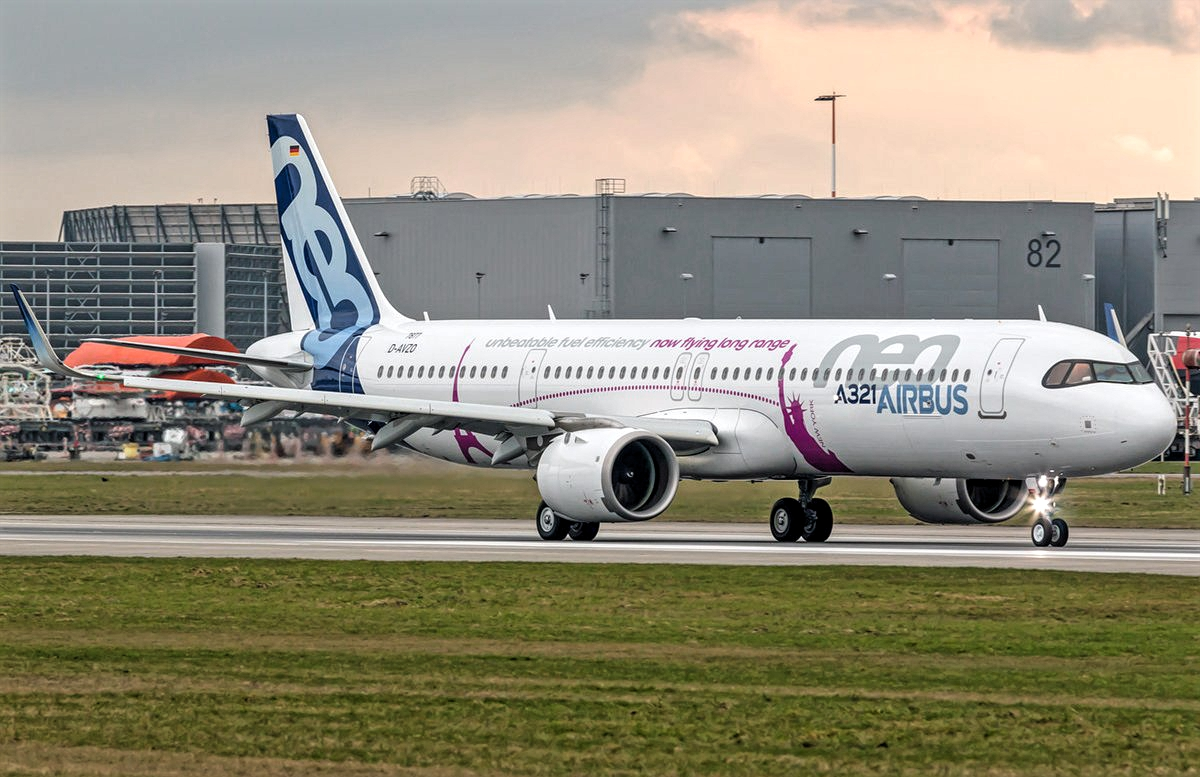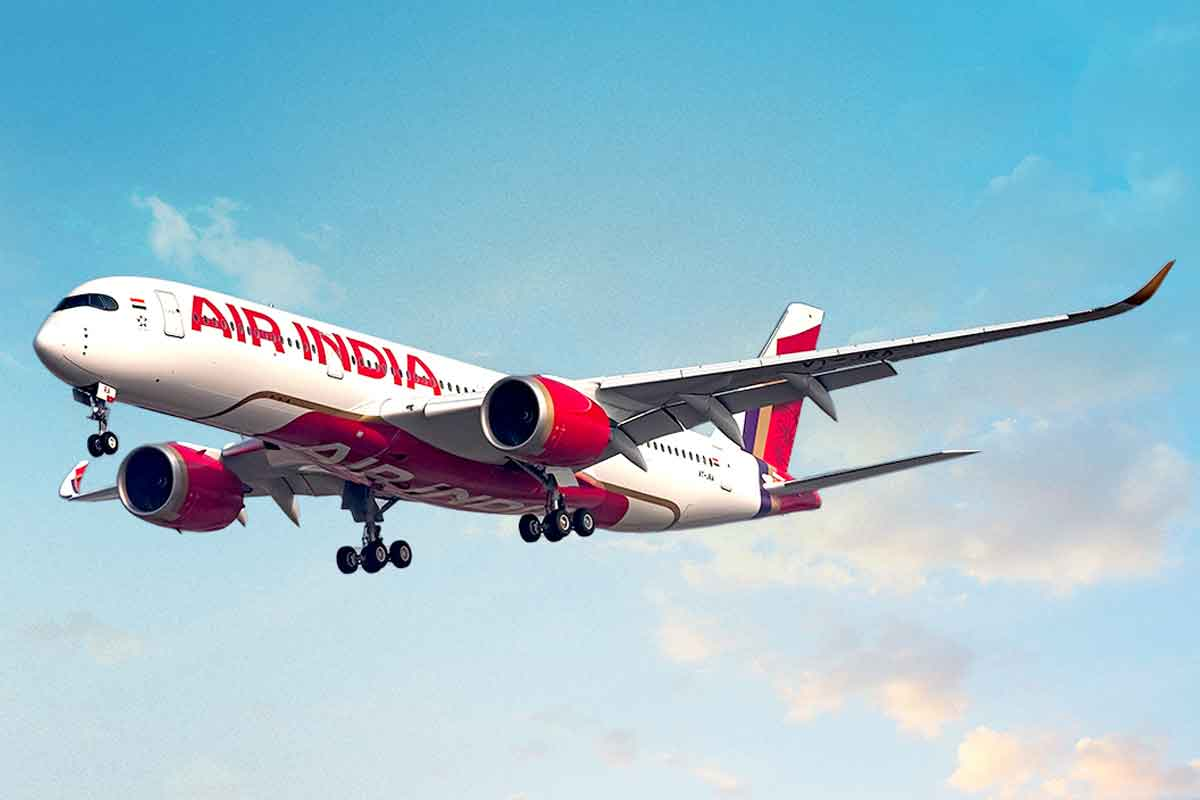The Advantages and Disadvantages of Flying the A321-LR Long-Haul
Introduction:
The Airbus A321-LR presents a compelling concept within the aviation industry. In a nutshell, it's a narrow-body, diminutive (compared to other aircraft which fly its routes) aircraft, with much lesser seating, but can fly long-haul routes. Airlines such as JetBlue have introduced transatlantic flights with the A321-LR.
Disadvantages:
- The A321-LR has a limited cargo capacity as well as a much smaller cabin size, so, airlines are unable to maximize on customers in premium-cabins, due to lesser available seats.
- They will not be able to add first-class suites either.
- Some of these passengers, who are willing to pay a premium for better service, will drift towards wide bodies.
- The single aisle also prevents airlines from offering amenities such as lounges/bars or larger bathrooms prevalent on widebodies, for premium cabins.
- Moreover, the smaller aircraft significantly decreases the number of crew on board. This is an issue as on long-haul flights, crew need to rest, and with a lesser number of them, there will be lesser substitutes. Neither would there be as much space for crew rest-areas.
- Operating narrow-body aircraft will increase congestion at airports, due to having lesser capacity, and thus more flights.
- Remote airports with shorter runways will be able to connect to more destinations, as the A321-LR is as large as the regular domestic narrow-body.
- Airlines will have a much more extensive route network, as they will be able to deploy more aircraft for the same price.
- The aircraft is equipped with the CMF Leap-1A or PW1100G engines, which offer significant fuel-savings and are much more environmentally friendly.
- The benefit of its lesser capacity is that it can be used by airlines to test out new, niche routes without the financial risks associated with wide bodies.




Comments
Post a Comment